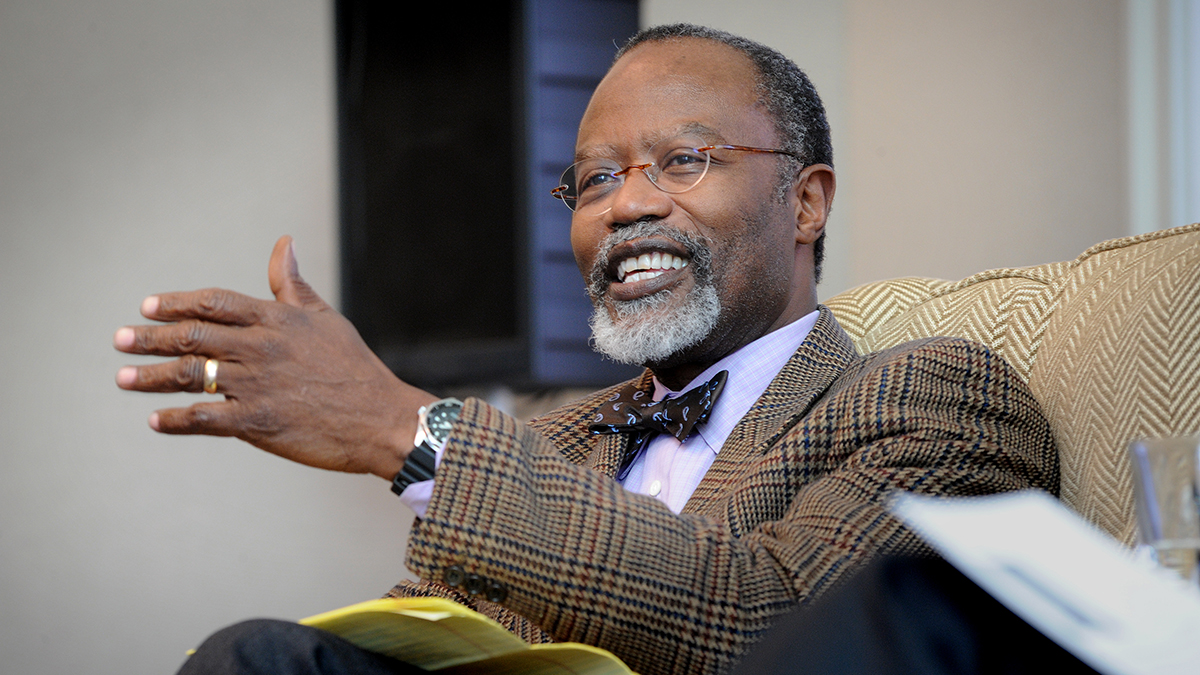225 years of Tar Heels: Phillip Clay
As a Carolina undergraduate in the 1960s, Phillip Clay worked to recruit more students of color, advocating for a bill in the student legislature to cover expenses for the program. Later, he would serve as a member of the University's Board of Trustees.

Editor’s note: This article was published in honor of the University’s 225th anniversary. Throughout the year, we shared profiles of some of the many Tar Heels who have left their heelprint on the campus, their communities, the state, the nation and the world.
As a student, Phillip Clay never got caught in the rain without an umbrella. In a time before you could check the weather on your cellphone, the 1968 graduate was always prepared, perhaps foreshadowing his career in planning before he even knew it.
Meticulous attention to detail served him well at Carolina and throughout his career, first in city planning, then in academia at the Massachusetts Institute of Technology and culminating in MIT’s chancellorship. He was the first in his family to go to college, arriving on campus in 1964 from a segregated high school in Wilmington where he was one of a handful of African American students.
At a student presentation introducing the concept of the Research Triangle Park, he learned the meaning and importance of vision as well as the power of collaboration between industry and University research in making Carolina an icon of the New South. As a junior, and in time a before the University recruited black students, he formed Carolina Talent Search to recruit more students of color, advocating for a bill in the student legislature to cover expenses for the program. The following year, the number of black students on campus doubled, and doubled again the next year. Three years later, the University appointed one of Clay’s schoolmates, James Garriss, to be an assistant director of admissions.
“Sometimes if you step forward and articulate your vision, people will fall in behind you,” he said. “They won’t if you’re silent.”
After graduation, Clay went to MIT to study city planning. He was drafted out of graduate school and served in Vietnam. Upon serving time, he returned to MIT and completed his Ph.D. in 1975. He joined the faculty and served in a variety of leadership roles.
Though far from home, he kept Carolina close to his heart. In 2002, he received the University’s Distinguished Alumnus Award, and in 2007, he began the first of two terms on the Board of Trustees. In May 2018, he received an honorary doctorate and the UNC General Alumni Association’s Distinguished Service Medal.
In addition to his teaching, Clay has worked to tackle the complex problem of affordable housing. Until 2017, chaired Community Builders, one of the nation’s largest producers of affordable housing. He is a founding member of the National Housing Trust. He served as a founding director of the MasterCard Foundation and is currently a trustee of the Kresge Foundation.
Clay retired from MIT in 2016 and turned his attention to advancing higher education in Africa, extending the same counsel and support he has given to other universities at home and around the world.
This is edited from theGAA Distinguished Service Medal citation for Phillip Clay.




